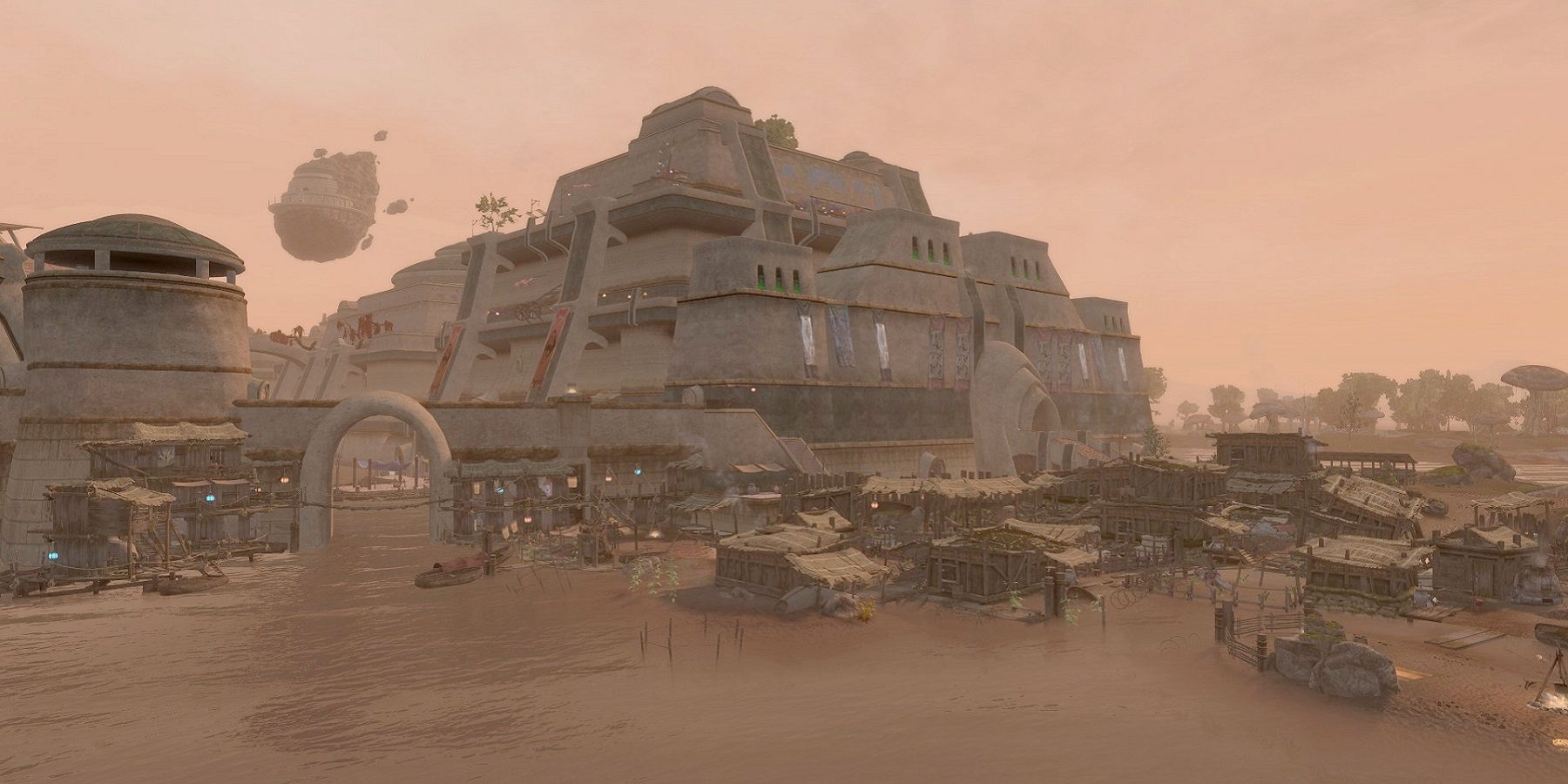Character progression is a core part of the player experience in most Elder Scrolls games. Skyrim saw this come in the form of perk trees, which while an effective system, could be argued as a downgrade from previous iterations. In that regard, The Elder Scrolls 6 could make a return to a certain abandoned tradition.
Before Skyrim, players had access to character stats, which would allow players to allocate stats however they pleased. This would allow them to build specific areas of a character's playstyle, while going at it aimlessly or indulging players who prefer planning it out. The Elder Scrolls 6 could bring this feature back, revitalizing character progression in the process.
How Character Stats Would Benefit The Elder Scrolls 6
While Skyrim's perk tree system was satisfactory, it felt like it missed out on many aspects of character progression. For example, there was a notable lack of balance between certain perk trees, as melee perk trees like one-handed and two-handed provided more power with fewer perks than the destruction perk tree. Leveling up in Skyrim was a straightforward but unbalanced experience. Not only that, but with the player being able to essentially specialize in any perk tree, diversity in builds slowly melted away. But by returning to genuine stats in The Elder Scrolls 6, some of these issues could be amended.
To clarify, character stats were a much more limiting experience than that of the perk trees in Skyrim. Its perk trees were incredibly conducive to approachability, no doubt playing some role in its popularity, but stats provide a limited experience that ultimately has the player thinking more about their decisions. As the player levels up over time, they have to think more about what stats they want to specialize in. This leads to characters who fully embody the mage or warrior archetypes, as they share both the strengths and the weaknesses of those builds. This was a prominent feature in The Elder Scrolls 3: Morrowind as well as The Elder Scrolls 4: Oblivion.
Ironically enough, these limitations would also increase build diversity in multiple ways. For example, the mage archetype in Morrowind and Oblivion was exceptionally powerful in spellcasting, but this came with the caveat of a limited magicka pool. Due to a lower strength stat, they also wouldn't be able to effectively rely on physical weapons if they ran out of magicka. These weaknesses made playing different builds a much more immersive experience overall. But most of all, a return to stat sheets would also be the return of a feature prominent in both Oblivion and Morrowind.
One of the main inspirations behind The Elder Scrolls franchise is Dungeons & Dragons. As many may know, the most iconic experience to be had in any Dungeons & Dragons session is the creation of a character through a stat sheet. These influences are more noticeable in the earliest installments of The Elder Scrolls, and it has come to shape the franchise into what it is today. By making a return to stat sheets, it would make a great callback to the earlier days of The Elder Scrolls franchise. It would also be a powerful way of immersing a player into the next The Elder Scrolls game overall.
Like Skyrim, players likely won't know what's in store for them until around The Elder Scrolls 6's release date. But in that regard, players hopefully have a lot to look forward to when it comes to how Bethesda will reinvent what it means to create a character in The Elder Scrolls franchise.
The Elder Scrolls 6 is in development.





